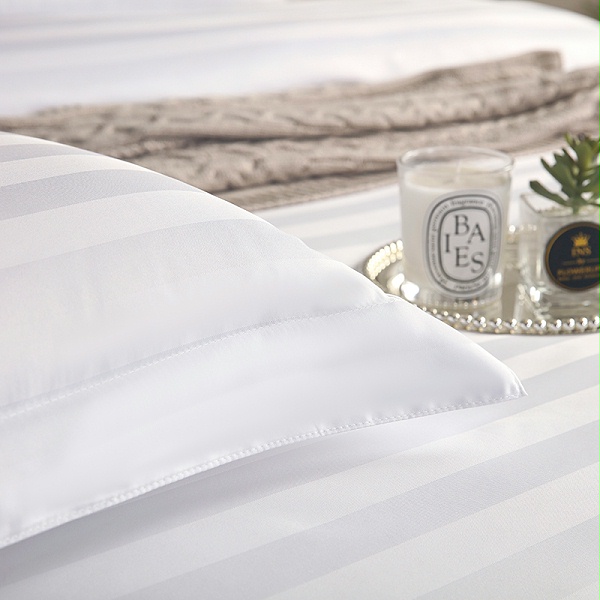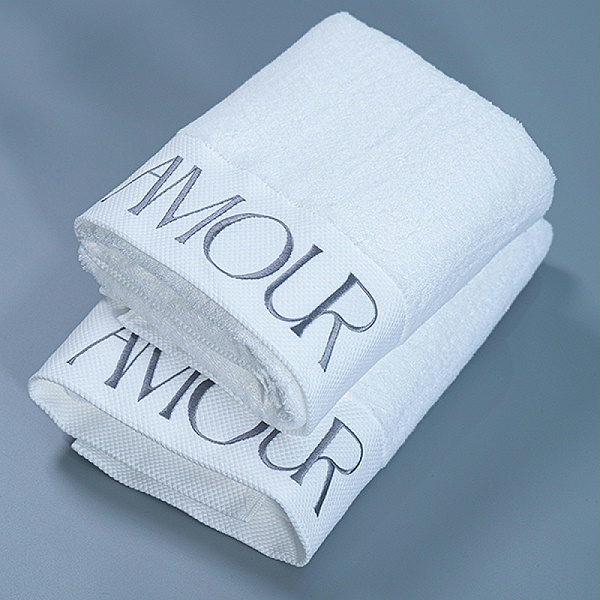
Successful replication
Wechat ID:jsmfsmj001
Add wechat friends to learn more about the product
jsmfsmj001
X

Guests may not remember the brand of your mattress, but they will remember:
A scratchy towel
A stained pillowcase
A limp, overused bathrobe
High-quality hotel linen creates a sense of comfort, luxury, and trust. But even the best towels and bedding don’t last forever.
So…
How often should you replace them?
Let’s break it down by category.
Towels are the hardest working items in your linen inventory—exposed to:
High heat drying
Constant washing with detergents
Makeup stains, body oils, chlorine, etc.
Loss of absorbency
Fraying edges
Thin patches or pilling
Lingering odor even after wash
Faded color or visible stains
If you’re at 80–100 washes, it's time to evaluate replacement. Rotate towel sets and use color-coding to track life cycles.
Sheets are directly in contact with the body for 6–10 hours every night. Even with high-quality laundering, wear and tear are inevitable.
Loss of softness
Yellowing or discoloration
Loose threads or thinning
Difficulty getting a crisp iron
Opt for 300–500 thread count cotton or blended fabrics for longer durability.
Rotate sets weekly and implement a 3-set system per bed:
1 in use, 1 in laundry, 1 in reserve.
These are often hidden beneath covers, but that doesn’t mean they don’t degrade.
Clumping of filling
Uneven weight distribution
Permanent stains or smells
Allergic guest complaints
Consider annual professional cleaning to extend life, but don’t go beyond 3 years of continuous use.
Even with pillow protectors, pillows trap sweat, oils, and allergens.
Pillow doesn't spring back after folding
Visible stains or unpleasant odor
Complaints of discomfort or neck pain from guests
Feather/down pillows need more frequent fluffing and replacing than microfiber.

Robes are often overlooked but they’re a high-impact guest experience item. Worn after bathing or in the spa, they absorb moisture and oils.
Stiffness or loss of softness
Loose loops in terry fabric
Color fading or embroidery damage
Guest-Ready Rule: If you wouldn’t wear it at home, don’t give it to your guests.
Use mild detergents and skip fabric softeners (which reduce absorbency)
Wash towels and sheets separately from robes and duvets
Dry on medium heat, and avoid over-drying
Store in dry, clean areas away from sunlight
Create a linen replacement schedule per room or linen batch, using a simple tracking system like QR codes or laundry tags. This keeps operations organized and ensures timely replacements.
Fresh, soft, and clean linens are non-negotiable in hospitality. Replacing them at the right time ensures:
Elevated guest satisfaction
Higher review scores
Improved hygiene reputation
Cost savings through strategic planning
Summer Celebrations & Towel Gift Boxes: The Perfect Combo for Sun-Kissed Gifting
From Spa to Suite: How Luxurious Towels and Bathrobes Transform Guest Experiences